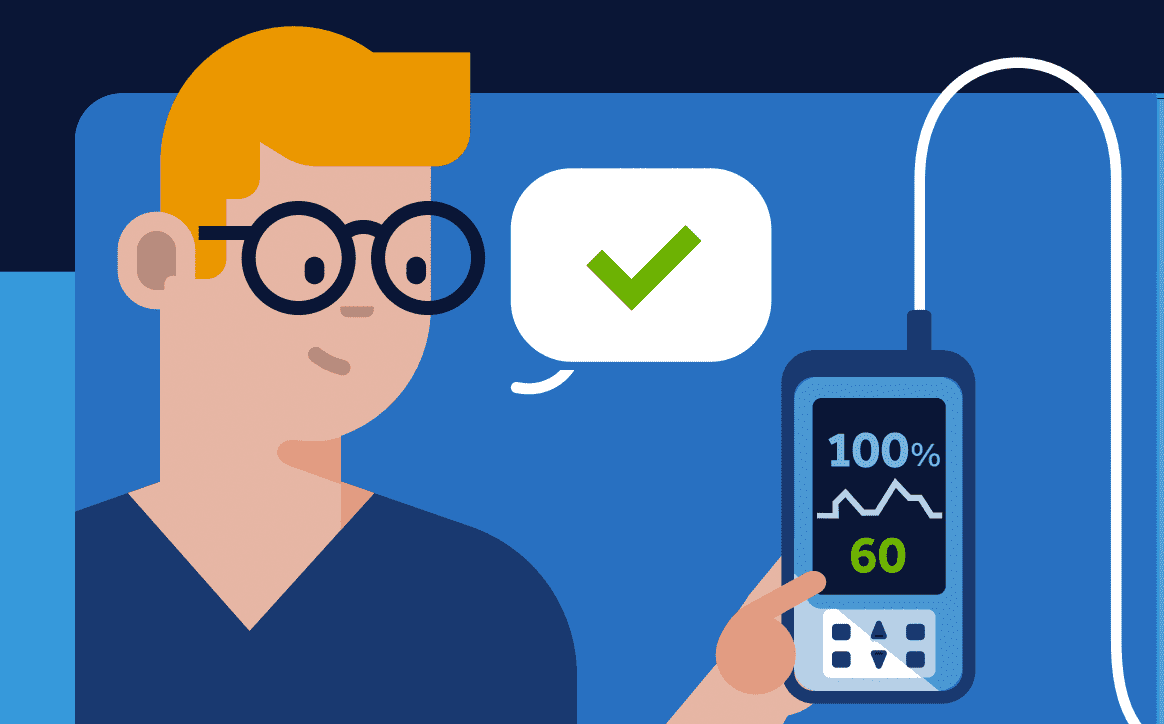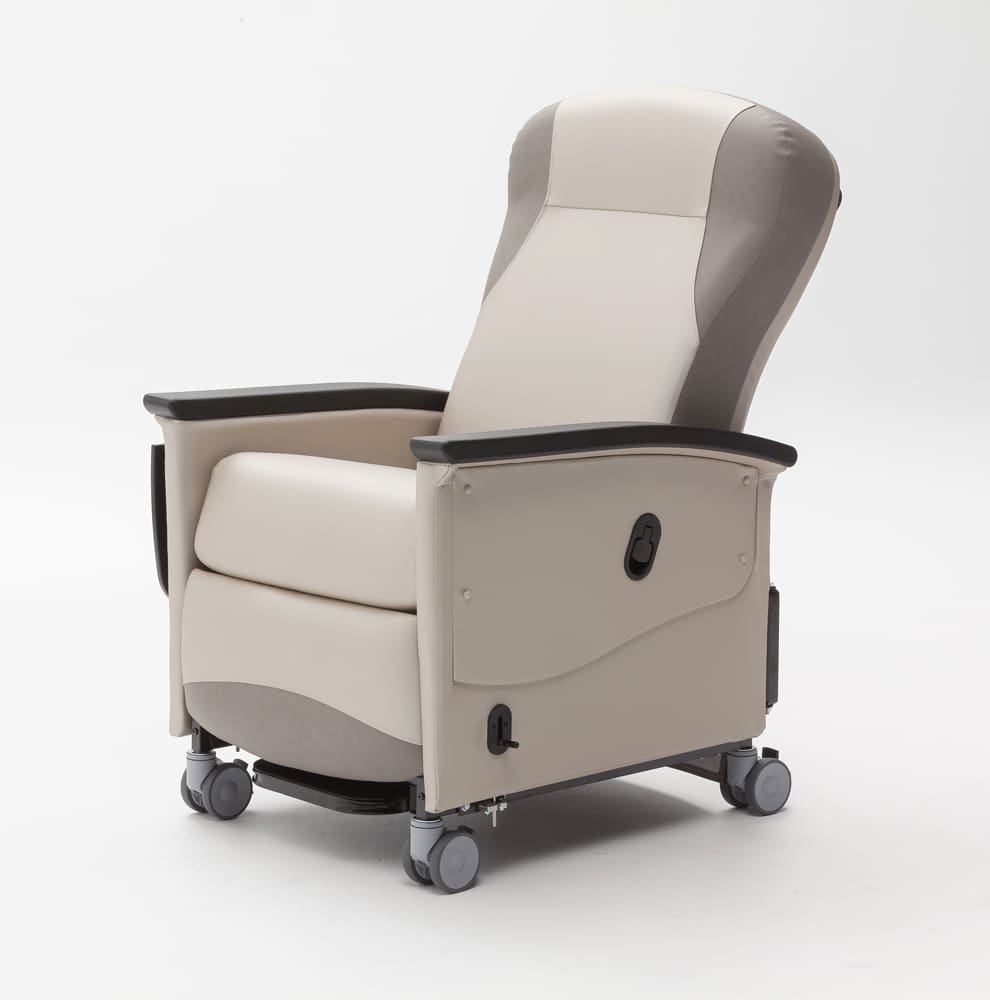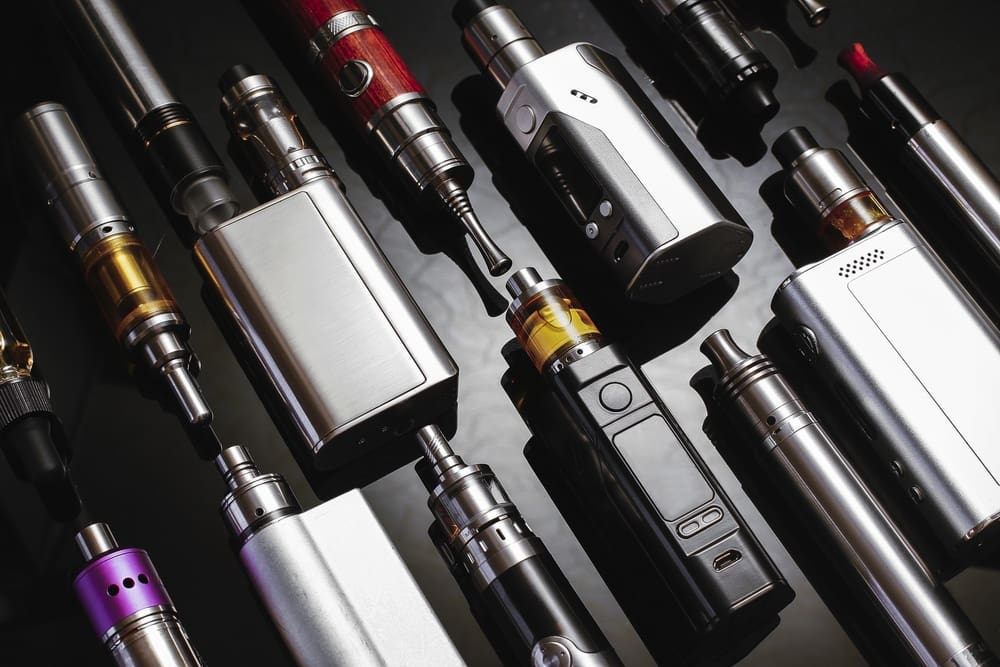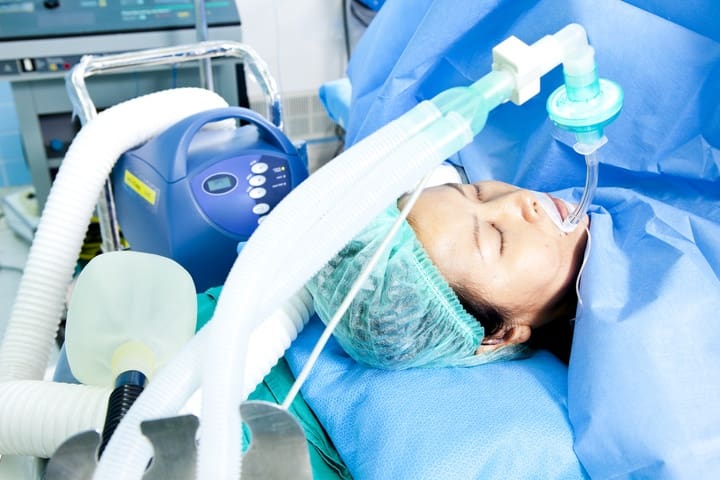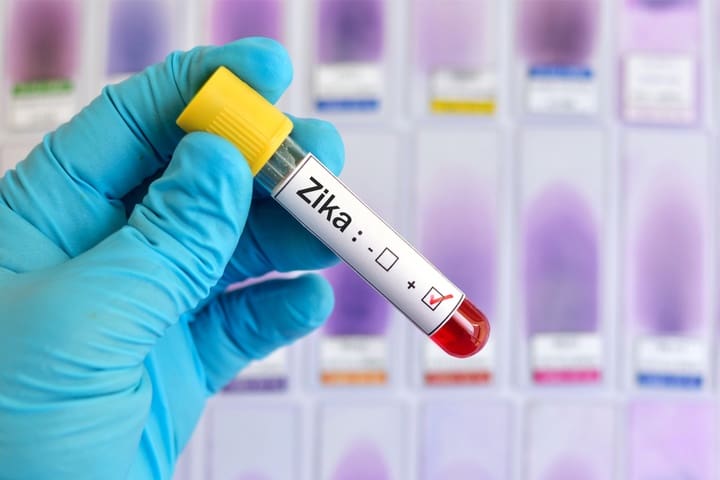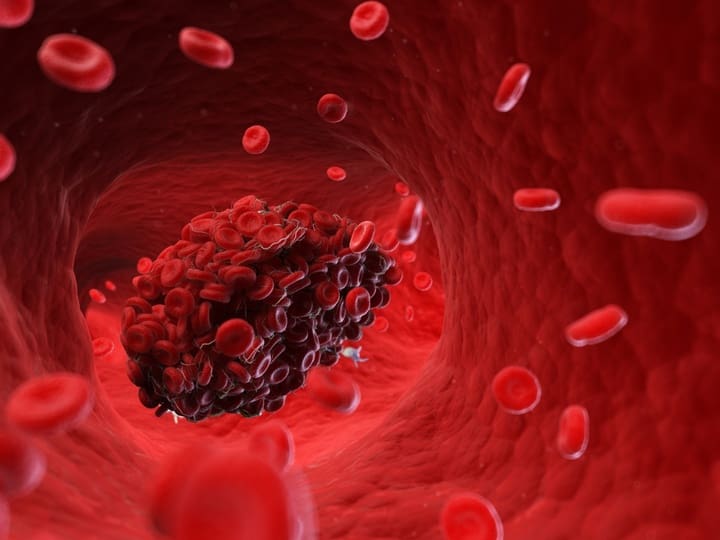Conveying accurate patient information during patient transfer or hand-off is essential to ensuring safe, high-quality care. However, studies have shown that more than two-thirds of adverse patient events are related to communication errors. The Joint Commission has acknowledged that communication breakdown is the major contributing factor in nearly 70% of adverse medical events, with 75% of adverse events leading to patient death. In 2012, the Journal of Advanced Nursing reported that more than 43% of malpractice claims were related to inaccurate or incomplete patient hand-offs and that only 43.9% of accurate patient information actually reached the patient care unit during a patient transfer. Inaccurate communication is not limited to nurses or physicians; it is a system-wide problem that encompasses the entire healthcare team.
Evidence proves the need for safer patient hand-offs. In a survey of medical and surgical residents, 59% stated that at least one of their patients had experienced a medical error as a result of inadequate patient hand-off communication. In a quasi-experimental design, the Association of periOperative Registered Nurses (AORN) found that a standardized tool for communication reduced errors from 6.24 to 1.52 (P < 0.0001) per patient hand-off. Kaiser Permanente, a managed-care organization with more than 30 hospitals, also found through its quasi-experimental study that adverse patient events decreased by more than 50% within 6 months after implementing a standardized form of communication during nurse-to-nurse reporting.
Miscommunication between healthcare providers during hand-off communication, nurse shift change, or interdepartmental transfers presents sizable risks for adverse patient events, such as preventable patient falls, medication errors and omissions, infections, and pressure-ulcer development.
Challenges to effective hand-offs
Change-of-shift nurse-to-nurse reporting is a time when errors are most prevalent. Crucial information shared during the transfer of patient information
often happens multiple times a day among all disciplines, between shifts, and during transitions from one unit to another. Typical information shared includes the patient’s diagnosis, vital signs, outstanding tests, procedures performed, medications pending, and plan of care.
One challenge to effective hand-offs is that change-of-shift reporting is often taped 2 to 3 hours before the actual change of shift. During that time, the patient’s condition may have changed or been updated, and a taped report does not offer an opportunity for this clarification. The Joint Commission has described that a successful hand-off offers the opportunity for both the sender and receiver to clarify information and to ask and respond to questions. An active dialogue during patient hand-offs reduces fragmented care that places the patient at high risk for medical errors.
Additional factors leading to communication errors during patient hand-off include:
- reporting of lengthy and irrelevant patient information
- poor recall of patient information
- nurse stress and fatigue
- work time constraints
- frequent or repeated interruptions by the patient or other members of the healthcare team.
Another issue complicating the communication process is that individual styles of communication vary and are influenced by multiple factors, such as generational differences, ethnicity, gender, educational level, and cultural background. The Institute of Medicine’s 2003 report “Keeping Patients Safe: Transforming the Work Environment of Nurses” recommends that to improve the transfer of patient information, healthcare facilities should implement innovative strategies to improve the quality of patient hand-off communication by limiting avoidable interruptions and distractions.
Tools for successful hand-offs
Research shows that implementing a standardized communication tool reduces the risk of transmitting inaccurate and incomplete information. Organizations that have implemented a standardized hand-off tool have acknowledged significant decreases in patient falls during nursing change of shift. For example, two strategies have helped improve hand-off communication—SBAR and I PASS the BATON. (See SBAR and I PASS the BATON by clicking the PDF icon above.)
Sharing patient information during a handoff should occur face to face in a quiet environment away from direct exposure to patients and visitors and with minimal interruptions. Both verbal and written communication have been shown to minimize communication handoff errors. Face-to-face communication allows the person who is receiving the patient to ask questions to clarify the plan of care. Boston Hospital System medical errors were reduced more than 40% after implementation of a “handoff bundle.” A handoff bundle is composed of staff team training, mnemonic training, and a computer-aided tool that utilizes a patient’s medical record and assists with the generation of up-to-date patient information.
Change-of-shift reporting and patient transitions are times when there is increased potential for misinformation and communication errors. Patient hand-off communication is often inconsistent throughout health systems and has been identified as a contributing factor leading to adverse patient events. When implemented, a standardized communication tool has been shown to effectively decrease adverse patient events.
Marie-Elena Barry is a senior policy analyst in Nursing Practice & Policy at ANA.






